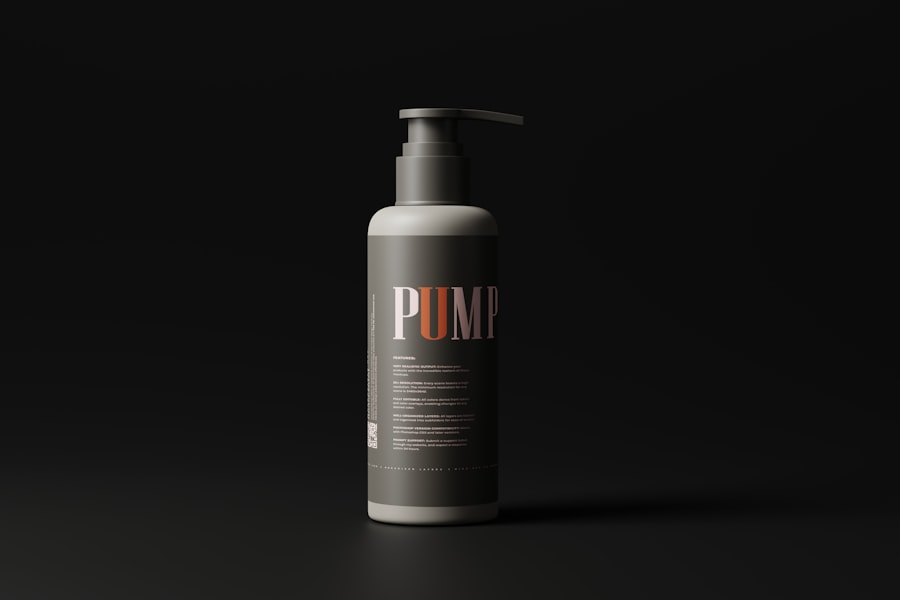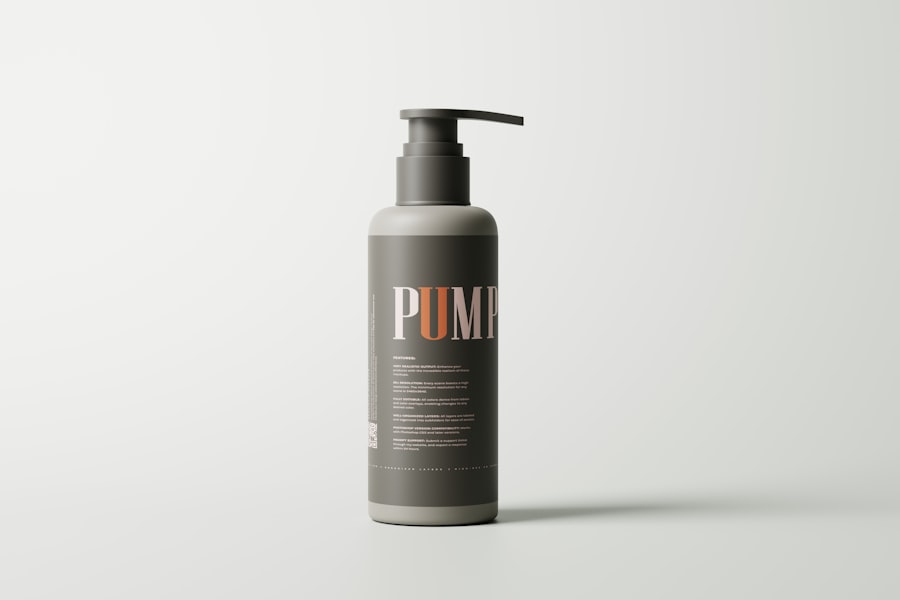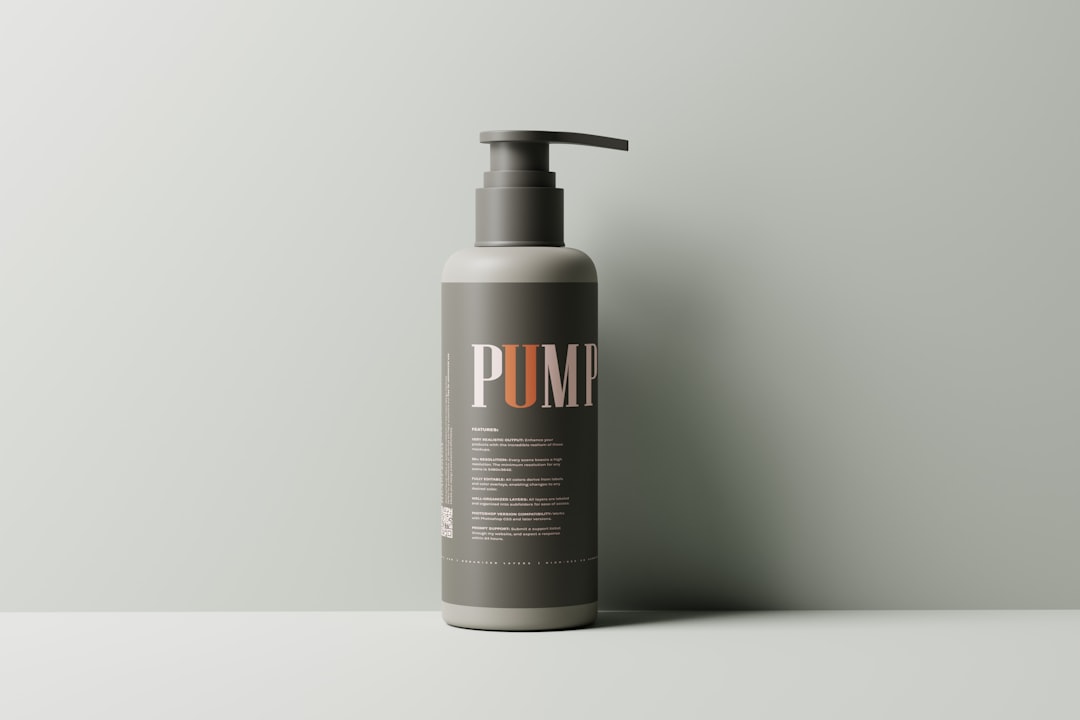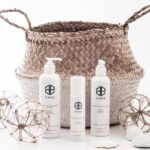After undergoing a treatment, whether it be for hair removal, skin rejuvenation, or any other cosmetic procedure, it is crucial to maintain the cleanliness and hydration of the treated area. You should gently cleanse the area with a mild, fragrance-free soap to remove any impurities or bacteria that may have settled on the skin. This step is essential in preventing infections and ensuring that your skin heals properly.
You might consider using lukewarm water instead of hot water, as hot water can irritate the skin and exacerbate any redness or swelling you may experience post-treatment. Moisturizing is equally important in your aftercare routine. Applying a gentle, hydrating lotion or cream can help keep the skin supple and prevent dryness, which can lead to discomfort.
Look for products that are free from harsh chemicals and fragrances, as these can irritate sensitive skin. You may find that products containing ingredients like hyaluronic acid or glycerin are particularly effective in locking in moisture. Remember to apply your moisturizer regularly, especially after cleansing, to maintain optimal hydration levels in the treated area.
Key Takeaways
- Keep the treated area clean and moisturized
- Avoid sun exposure and tanning beds
- Do not pick or scratch the treated area
- Use gentle exfoliation to prevent ingrown hairs
- Apply aloe vera or cooling gel to soothe any discomfort
Avoid sun exposure and tanning beds
Avoiding Direct Sunlight
After a procedure, your skin becomes more sensitive and susceptible to damage from UV rays. It is essential to avoid direct sunlight for at least a few days following your treatment, as even brief exposure can lead to complications such as hyperpigmentation or sunburn.
Alternative Protection Methods
If you must go outside, consider wearing a wide-brimmed hat or using an umbrella for additional protection. It is also crucial to steer clear of tanning beds during your recovery period, as the artificial light emitted by them can be just as damaging as natural sunlight, increasing your risk of skin irritation and long-term damage.
Safer Alternatives for a Sun-Kissed Glow
Instead of seeking a tan, you might explore safer alternatives like self-tanning lotions or bronzers that can give you a sun-kissed glow without compromising your skin’s health. These alternatives can help you achieve the desired look while protecting your skin from the harmful effects of UV radiation.
Do not pick or scratch the treated area

It can be tempting to touch or scratch the treated area, especially if you experience itching or discomfort. However, it is vital that you resist this urge. Picking at the skin can introduce bacteria and lead to infections, scarring, or prolonged healing times.
You should be mindful of your hands and try to keep them away from the treated area as much as possible. If you find yourself feeling itchy, consider using a cold compress to soothe the sensation instead of scratching. In addition to avoiding picking and scratching, you should also refrain from using any harsh scrubs or exfoliants on the treated area until it has fully healed.
These products can further irritate the skin and disrupt the healing process. Instead, focus on gentle care and allow your skin to recover naturally. If you notice any unusual changes in the treated area, such as increased redness or swelling, consult with your healthcare provider for guidance.
Use gentle exfoliation to prevent ingrown hairs
| Exfoliation Method | Frequency | Benefits |
|---|---|---|
| Chemical Exfoliants | 2-3 times per week | Helps to remove dead skin cells and prevent ingrown hairs |
| Physical Exfoliants | 1-2 times per week | Assists in unclogging pores and reducing the likelihood of ingrown hairs |
As your skin begins to heal, you may want to incorporate gentle exfoliation into your routine to prevent ingrown hairs from forming. Ingrown hairs can be a common issue after certain treatments, particularly those involving hair removal. You should choose a mild exfoliating product that is suitable for sensitive skin and use it sparingly.
Exfoliating once or twice a week can help remove dead skin cells and keep hair follicles clear. When exfoliating, be sure to use soft circular motions rather than aggressive scrubbing. This approach will help avoid irritation while still effectively sloughing off dead skin.
Additionally, consider using a chemical exfoliant containing ingredients like alpha hydroxy acids (AHAs) or beta hydroxy acids (BHAs), which can provide a gentler alternative to physical scrubs. By incorporating gentle exfoliation into your post-treatment care, you can help maintain smooth skin and reduce the likelihood of ingrown hairs.
Apply aloe vera or cooling gel to soothe any discomfort
After your treatment, you may experience some discomfort or irritation in the treated area. To alleviate these sensations, consider applying aloe vera gel or a cooling gel specifically designed for post-treatment care. Aloe vera is known for its soothing properties and can help calm inflamed skin while providing hydration.
You should apply a thin layer of aloe vera gel to the affected area as needed throughout the day. If you prefer a cooling gel, look for products that contain ingredients like chamomile or cucumber extract, which are also known for their calming effects on the skin. These gels can provide immediate relief from any burning or stinging sensations you may feel after treatment.
Remember to patch-test any new product on a small area of skin before applying it more broadly to ensure that it does not cause further irritation.
Avoid hot showers and baths for 24-48 hours after treatment

In the days following your treatment, it is advisable to avoid hot showers and baths for at least 24 to 48 hours. Hot water can exacerbate inflammation and sensitivity in the treated area, potentially leading to increased discomfort or irritation. Instead, opt for lukewarm water when bathing or showering during this time.
This small adjustment can make a significant difference in how your skin feels as it heals. Additionally, be mindful of how long you spend in the shower or bath. Prolonged exposure to water can strip your skin of its natural oils and contribute to dryness.
Keeping your bathing routine short and sweet will help maintain your skin’s moisture balance while allowing it to recover from the treatment effectively.
Wear loose, breathable clothing to prevent irritation
Your choice of clothing can significantly impact how comfortable you feel during the healing process. After treatment, it is best to wear loose-fitting and breathable clothing that allows air circulation around the treated area. Tight clothing can cause friction against the skin, leading to irritation and discomfort.
Opting for soft fabrics like cotton can help minimize any potential chafing while keeping you comfortable. If you’re unsure about what to wear, consider layering your clothing so that you can easily adjust based on how your skin feels throughout the day. Loose-fitting garments will not only help prevent irritation but also allow any topical treatments you apply to work effectively without being rubbed off by tight clothing.
Follow up with any recommended post-treatment appointments or care instructions
Finally, one of the most important aspects of post-treatment care is adhering to any follow-up appointments or care instructions provided by your healthcare professional. These appointments are crucial for monitoring your healing progress and addressing any concerns that may arise during recovery. You should make it a priority to attend these follow-ups as they can provide valuable insights into how well your skin is responding to treatment.
In addition to follow-up appointments, be sure to carefully review any specific care instructions given by your provider. These guidelines are tailored to your individual needs and will help ensure optimal results from your treatment. Whether it involves specific products to use or additional precautions to take, following these recommendations will contribute significantly to your overall satisfaction with the results of your treatment.
In conclusion, taking proper care of yourself after a treatment is essential for achieving the best possible results while minimizing discomfort and complications. By keeping the treated area clean and moisturized, avoiding sun exposure and tanning beds, refraining from picking at the skin, gently exfoliating, applying soothing gels, avoiding hot showers, wearing loose clothing, and following up with recommended appointments, you set yourself up for a successful recovery process.
After undergoing laser hair removal treatment, it is crucial to follow proper aftercare instructions to ensure the best results. One important aspect of aftercare is avoiding sun exposure, as it can increase the risk of complications. For more tips on how to care for your skin post-laser hair removal, check out this helpful article on com/my-bookmarks/’>laser hair removal aftercare do’s.
FAQs
What is laser hair removal aftercare?
Laser hair removal aftercare refers to the steps and precautions that should be taken after undergoing a laser hair removal treatment to ensure proper healing and optimal results.
What are the do’s of laser hair removal aftercare?
Some common do’s of laser hair removal aftercare include keeping the treated area clean and moisturized, avoiding sun exposure, wearing loose clothing, and following the specific aftercare instructions provided by the treatment provider.
How should I clean and moisturize the treated area after laser hair removal?
It is recommended to gently cleanse the treated area with a mild, non-abrasive cleanser and to apply a soothing, fragrance-free moisturizer to keep the skin hydrated and promote healing.
Why should I avoid sun exposure after laser hair removal?
Sun exposure can increase the risk of complications such as hyperpigmentation and skin sensitivity after laser hair removal. It is important to protect the treated area from direct sunlight and use sunscreen if necessary.
Why is it important to wear loose clothing after laser hair removal?
Wearing loose clothing can help prevent friction and irritation to the treated area, allowing the skin to heal properly and reducing the risk of discomfort or complications.
Should I follow any specific aftercare instructions provided by the treatment provider?
Yes, it is important to follow any specific aftercare instructions provided by the treatment provider, as they may have tailored recommendations based on the individual’s skin type and the specific laser hair removal treatment received.






